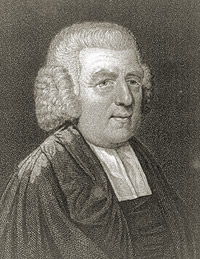
Lucy Laney was born on April 13, 1854 in Macon, Georgia. She was born to two free parents, Louisa and David Laney. Lucy learned to read and write by the age of four and by the time she turned twelve, she was able to translate some Latin passages including Julius Caesar’s Commentaries on the Gallic War. She attended Lewis High School in Macon and had graduated and started attending Atlanta University at age fifteen. She graduated with a degree in teaching and taught for 10 years in Macon, Savanna, Milledgeville, and Augusta. Then in 183 she opened her own school in the basement of Christ Presbyterian Church in Augusta. Two years after the school opened, the enrollment at her school was over 200. A year after that the school got it’s name, Francine E.H. Haines who donated $10,000 to help establish the institute.
Not only did she found her institution, but also helped found the Augusta branch of the NAACP in 1918. She was also active in the Interracial Commission, National Association of Colored Women, and the Niagara Movement, and helped integrate YMCAs and YWCAs. She was also the first African American to have her portrait displayed in the Georgia state capitol because of her work with education. She has numerous education buildings, museums, and awards named after her. Lucy Laney opened the door for African Americans in education and helped the push for integration.
http://www.lucycraftlaneymuseum.com/
http://www.blackpast.org/?q=aah/laney-lucy-craft-1854-1933
http://www.georgiaencyclopedia.org/nge/Article.jsp?id=h-820





